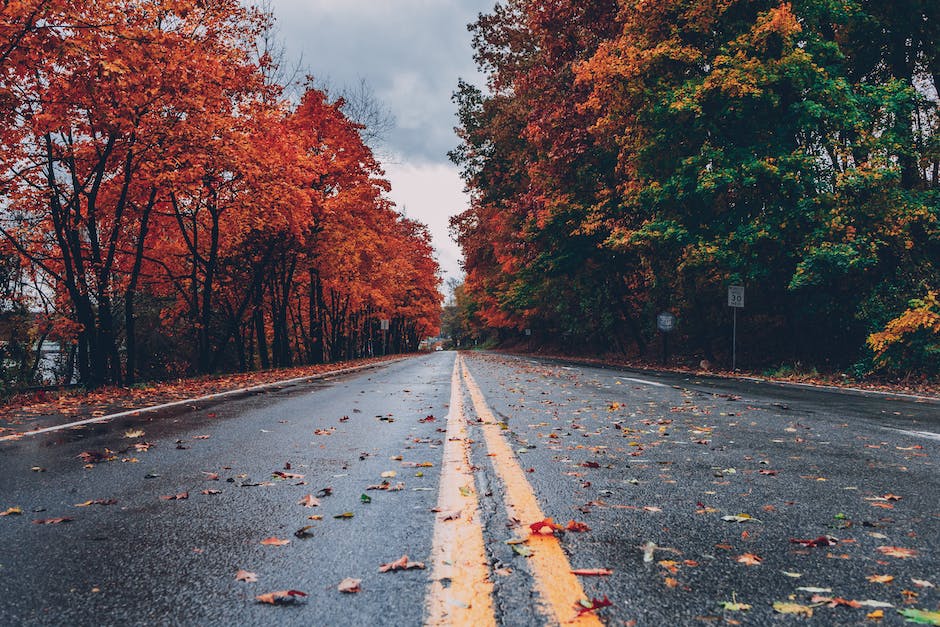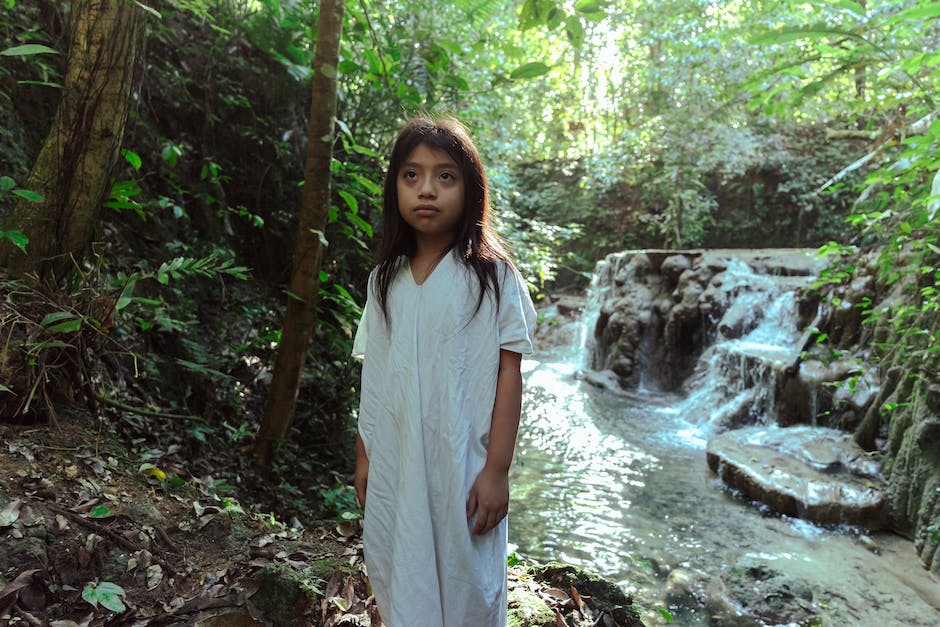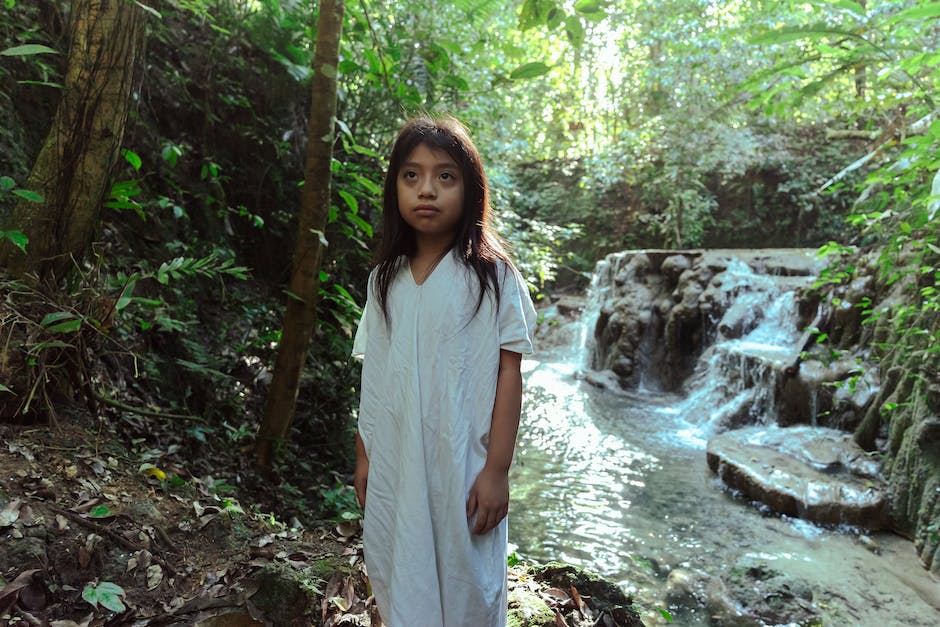There are a few different types of maple trees, and only some of them are indigenous to North America. The sugar maple, for example, is indigenous to North America and is the type of maple tree that is most commonly tapped for maple syrup production. Other types of maple trees, like the Japanese maple, are not indigenous to North America and were introduced to the continent by humans.
Maple trees are not indigenous to North America.
Where are maple trees native in North America?
Red maples are a beautiful addition to any landscape and are perfect for those who want to add some color to their property. These trees are native to the eastern deciduous forest and can be found from Maine west to Minnesota, south to Texas, and east to Florida. Red maples are known for their brilliant red leaves in the fall, making them a popular choice for those looking to add some fall color to their property.
Sugar maple is a large tree that can grow up to 30 meters tall. It is native to eastern North America and is widely grown as an ornamental and shade tree. Sugar maple is known for its beautiful fall foliage, which ranges from yellow to orange to red. The tree also produces a delicious syrup that is used in many different foods and drinks.
How many species of maple trees are native to North America
In Canada, there are ten maple species that are native (plus the Freeman Maple which is a naturally occuring hybrid). These maple species are distributed throughout the Northern hemispheres’ Temperate Forest Zone. World wide, there are about 150 species of Maple. Two-thirds of them are in Eastern Asia.
The shantung maple is a species of maple that is native to China. It is also known as the purpleblow maple. This maple tree grows to be between 20 and 25 feet tall and has a rounded form. The shantung maple is easier to find commercially than the other species of maple that are often called “Chinese maples”.
How did the Japanese maple get to America?
George Hall was an American living in Yokohama in the 1860s. He sent back seeds and plants of ornamentals, including Japanese maples, yew and false cypress. Others brought back Boston ivy, Japanese hemlock and dogwood.
Acer palmatum is a beautiful species of woody plant that is native to Japan, North Korea, South Korea, China, eastern Mongolia, and southeast Russia. His flickr photostream is full of stunning photos of this plant in all its glory. I highly recommend taking a look!
What tree is sacred to Native Americans?
Cedar is a very important plant for Native Americans. It is used in many ceremonies as an incense and purifying herb. Cedar is especially associated with prayer, healing, dreams, and protection against disease.
Acer platanoides, or Norway maple, is a deciduous tree native to Europe and Asia. It is a popular landscape tree in North America and Europe and has become naturalized in many parts of the United States. Norway maple typically grows to 30-50 feet tall with a spread of 20-40 feet. The leaves are large, opposite, and have five lobes. The flowers are small, yellow-green, and borne in clusters. The fruit is a samara, or winged seed, that matures in late summer.
Achillea millefolium, or common yarrow, is a perennial herb native to Europe, Asia, and North America. It is a common ingredient in herbal remedies and is used as an astringent, diuretic, and anti-inflammatory. Yarrow typically grows to 18-24 inches tall and has long, slender leaves that are deeply lobed. The flowers are small, white, and borne in clusters. The fruit is a small, black seed.
Ailanthus altissima, or chouchun, is a deciduous tree native to China and Taiwan. It has been introduced to many parts of the world and is considered an invasive species in some
Did Native Americans invent maple syrup
The Native Americans were the first to start building “sugar bushes” where they would boil the sap to make syrup. The European settlers arrived later and started boiling the sap over an open fire.
There are ten maple species native to Canada, including the sugar maple (Acer saccharum), which is also found in the northeastern United States. The Canadian flag features a stylized maple leaf, and maple is Canada’s official arboreal emblem.
What is the most abundant tree in North America?
Acer rubrum, or Red Maple, is the most common tree in North America. It is a deciduous tree, meaning it loses its leaves in the fall, and is adaptable to a large range of climates and habitats. It is most common in the eastern United States, where it is often the first tree to leaf out in the spring.
Did you know that Canada produces the majority of the world’s maple syrup? In fact, in 2016, Canada exported more than C$362 million worth of maple syrup! The vast majority of this comes from the province of Quebec, which is the world’s largest producer, with about 70 percent of global production. So next time you enjoy some delicious maple syrup on your pancakes or waffles, be sure to thank Canada!
What trees originated China
Gingko biloba, also known as maidenhair tree, is a large tree native to China that can reach a height of 20-35 meters. It has fan-shaped leaves which are usually 5-10 cm long. Gingko biloba can live for a long time, hence its nickname, living fossil.
Acer is a genus of trees and shrubs in the family Sapindaceae. There are approximately 132 species of Acer, most of which are native to Asia. Acer trees and shrubs are known for their beautiful foliage and Acer flowers are a popular choice for gardens and landscaping.
Does Taiwan have maple trees?
Red maple leaves are a common sighting year round at Taipingshan National Forest Recreation Area but purple maple leaves only appear during autumn. Located in Yilan, just outside of Taipei, you can easily get there by hopping on a scooter or by booking a tour of this majestic park Taipingshan.
The Native Americans had been making sugar from the sweet sap of the maple tree for many years. From the journals of early explorers we know that the Native Americans had a process for making maple sugar as early as 1609. There are many Native American legends about how maple sugar was first discovered.
Why are Japanese maples not red anymore
There are a few reasons why leaves may green up on a tree. If the tree is in less than full sun, or where light levels are not ideal, the leaves may green up. Summer heat, chemical fertilizer, and immaturity can all cause greening of the foliage. Some Japanese selections green up more than others.
The flowering dogwood tree is a beautiful tree that is native to North America. In the spring, the tree produces beautiful white flowers. The flowers are a symbol of hope and purity. The tree is also a symbol of the close friendship between the United States and Japan. In 1915, President Taft sent a gift of flowering dogwood trees to the people of Japan as a gesture of gratitude for the cherry trees that were sent to the United States. The flowering dogwood tree is a beautiful tree that is native to North America. In the spring, the tree produces beautiful white flowers. The flowers are a symbol of hope and purity. The tree is also a symbol of the close friendship between the United States and Japan. In 1915, President Taft sent a gift of flowering dogwood trees to the people of Japan as a gesture of gratitude for the cherry trees that were sent to the United States.
Is Norway maple native to Canada
The Norway Maple is an invasive tree that originates in Europe and western Asia. It was introduced to North America as an ornamental tree, and is now commonly planted as a street tree across Ontario. Norway Maple grows quicker than native maples and produces a dense canopy. As a result, the Norway Maple can smother and crowd out other trees and plants, and degrade natural habitats. Norway Maples are also more susceptible to pests and diseases, which can further harm native plant communities. If you have a Norway Maple on your property, consider removing it to help protect our natural areas.
Norway maples are a type of tree that is native to Europe. They are known for being able to grow in various types of soil, including sand, clay, and acid. These trees have either escaped from cultivation or originated from individual trees that were used as ornamental specimens. Norway maples are known for their ability to thrive in various types of habitats.
Is red maple an invasive species
The red maple is a species of tree that can be considered weedy or even invasive in young, highly disturbed forests, especially frequently logged forests. In a mature or old-growth northern hardwood forest, red maple only has a sparse presence, while shade-tolerant trees such as sugar maples, beeches, and hemlocks thrive.
The red maple is a rapidly growing tree and is able to sprout from the stump and regenerate after being cut down. This tree is very shade tolerant and can quickly dominate a newly disturbed forest. In a mature forest, the red maple is less competitive and is outcompeted by the slower growing, but longer-lived, sugar maples, beeches, and hemlocks.
The red maple can be considered a weed or invasive species in young, disturbed forests, but in mature forests it is simply one of the many species that make up the community.
The Oak is a strong, hardwood tree that is very popular in furniture making. The Ash is also a hardwood, but is more flexible, making it ideal for items such as baseball bats. The Apple tree is not typically used for furniture, but its wood can be used for other things such as flooring and paneling. Hazel is a popular choice for wicker furniture. Alder is a lightweight wood that is often used in cabinet making. Elder is a hardwood that is often used in the making of Windsor chairs. Yew is a very strong wood that is often used in the construction of archery bows.
What is the most sacred tree in the world
Jaya Sri Maha Bodhi is the most sacred tree for Buddhists all over the world as it is the southernmost branch of the Bodhi tree under which Buddha attained Enlightenment. This sacred tree was planted in 288 BC, making it the oldest tree intentionally planted by humans. Buddhists believe that by touching or circumambulating this tree, they will be able to receive some of the Buddha’s blessings.
There are many sacred trees around the world that are revered for their beauty, strength, and connection to the spiritual realm. Here are ten of the most famous and significant sacred trees:
1. Willow Tree: The willow tree is considered to be sacred in many cultures and has a long history of magical and medicinal use.
2. Ash Tree: In Celtic mythology, the ash tree is said to be the tree of life and death, and is often associated with the goddesses Morgan le Fay and Ceridwen.
3. Sacred Oak: The oak tree has long been revered as a sacred tree in many cultures, symbolizing strength, stability, and prosperity.
4. Italian Cypress: The Italian cypress is a symbol of mourning and death in many cultures, but is also associated with rebirth and fertility.
5. The Bodhi Tree: The bodhi tree under which the Buddha is said to have attained enlightenment is perhaps the most sacred tree in the world.
6. Witch Tree: In many cultures, trees associated with witches are considered to be sacred and are often left untouched.
7. Baobab Tree: The baobab tree is native to Africa and is considered to be a sacred tree
What is the name of Chinese tree
The Chinaberry tree is a beautiful tree that is widely grown as an ornamental. It has clusters of fragrant, lilac-colored flowers and attractive, yellow berries. However, the berries are poisonous and should not be eaten.
The Florida Torreya is a member of the conifer family, which includes pines, spruces, and hemlocks. The tree grows to a height of 30-40 feet (9-12 meters) and has a trunk diameter of 2-3 feet (0.6-0.9 meters). Its cones are 2-3 inches (5-7.6 cm) long, and its needles are 4-6 inches (10-15 cm) long. The Florida Torreya is the only member of the Torreya genus that is native to the United States.
The Florida Torreya is an endangered species. There are an estimated 500-1000 trees remaining in the wild. The tree is threatened by habitat loss and by a disease called Phytophthora cinnamomi, which causes root rot. The disease is thought to have been introduced to the Florida Torreya’s habitat by humans.
The Florida Torreya is a slow-growing tree. It is hardy, and can live to be over 100 years old. The tree is sometimes called the “Stinking Cedar” because of the strong odor of its nuts. The Florida Torreya is an important tree in the ecosystem
What is the oldest tree in North America
The bristlecone pine (Pinus longaeva) is a long-lived tree that is endemic to several mountain ranges in the Western United States. The age of the oldest known living tree, named Methuselah, is around 4,789 years old, as determined by the measurement of core samples taken in 1957. The storied bristlecone pines grow in isolated groves at and just below the tree line in mountainous regions of California, Nevada and Colorado. The combination of harsh growing conditions (high winds, cold temperatures, and low levels of precipitation) and the slow growth rate of the trees result in the unique gnarled appearance of the bristlecone pines. These trees are an important part of the history and ecology of the Western United States, and their long lifespans make them excellent candidates for study in the field of dendrochronology.
The production of maple syrup is an important part of many Indigenous peoples’ customs and traditions in Canada. The Abenaki, Haudenosaunee and Mi’kmaq peoples have all been using maple sap to produce maple syrup for centuries, long before Europeans arrived in the country. Maple syrup season is still an important time for many Indigenous people, as it is a time to gather and celebrate the sweetness of the maple sap.
Warp Up
No, Maple trees are not indigenous to North America.
Although maple trees are not indigenous to North America, they have been introduced here and have become naturalized. They are a popular tree because of their beauty and the tasty syrup they produce.
I’ve always been drawn to trees.
As a kid, I spent most of my free time outside, climbing, exploring, and trying to figure out the names of the trees around me.
That early curiosity eventually led me to study arboriculture and horticulture at Michigan State.
Later, I completed a degree in forestry at the University of Michigan.
I’ve been working in tree care and education ever since.
These days, I enjoy helping people learn more about the trees in their own backyards.
How they grow, how to care for them, and why they matter.
You don’t need to be an expert to appreciate trees.
A little curiosity goes a long way.
